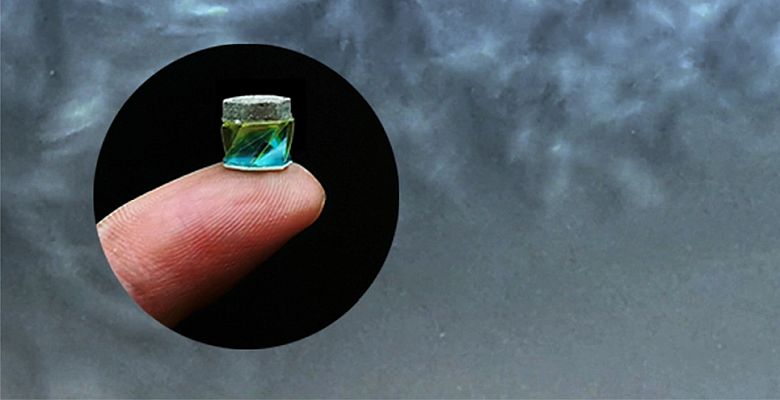Researchers at Stanford University developed multifunctional millirobots to maximize health outcomes and minimize procedure invasiveness.
Many drugs are not designed to treat precise pain points. This is not a problem for many common ailments. Biomedical scientists are now exploring ways to improve targeted drug delivery in the treatment of complicated medical conditions, such as cardiovascular disease or cancer.
Millirobots
A promising innovation in this burgeoning area of biomedicine is the millirobot. These fingertip-sized robots could become the future saviors of medicine. They can crawl, twist and swim to enter narrow spaces on their mission to probe inner workings or deliver drugs.
Researchers at Stanford University are working on many millirobot designs at once. One of them is a crawling robot propelled by magnetic fields. These allow continuous movement and can be used to generate torque and change the way the robots move. The robots can select different locomotion states and overcome obstacles in the body. By changing the strength and orientation of the magnetic field, researchers can make the robot move across the body at distances in single leaps that are ten times the robot's length.
The magnetic activation provides untethered control for non-invasive surgeriy and separates the control unit from the device to allow for miniaturization. The new spinning-enabled wireless amphibious origami millirobot is as multifunctional as its name implies. The design allows a single unit to travel quickly over smooth, uneven surfaces of an organ and swim through bodily fluids. Unlike pills or injections, the robot holds back the drugs until it reaches its target, then releases a concentrated amount of drug.
Reforming drug delivery
Innovative about this amphibious robot, is that it goes beyond the designs of most origami-based robots. These only use the foldability of origami to control how a robot changes and moves.
In addition to the folding that allows the robot to perform certain actions, the researchers also looked at how the dimensions of each fold influenced the rigid movement of the robot when it is not folded. Such considerations allowed them to make more use of the materials without adding bulk. In this environment, the more functionality with a single structure within the design of the robot, the less invasive the medical procedure.
Another aspect of the robot's design is the combination of certain geometric features. A longitudinal hole in the center of the robot and lateral slits facing upwards reduced water resistance and helped the robot swim better. This design creates a negative pressure inside the robot for fast swimming while providing suction for cargo retrieval and transportation. The researchers make optimal use of the robot's geometric features and investigate that one structure for different applications and for different functions.
Based on discussions with experts, the researchers aim to improve current treatments and procedures by developing new technologies. Such robots could not only be a convenient way to deliver drugs effectively, but they could also be used to carry instruments or cameras inside the body. This is changing the way doctors examine patients. The scientists are also working on using ultrasound imaging to track where robots go, eliminating the need to cut open organs.
The smaller the better
We won't see these kinds of millirobots in real healthcare settings until more is known about optimal design and best practices in imaging. The first robots are in the phases leading up to live animal experiments resulting from human clinical trials.
In the meantime, the researchers continue to combine a variety of new smart materials and structures into designs that eventually form new biomedical devices. They also want to further miniaturize the robots for micro-scale biomedical research.
Photo: Zhao Lab, Stanford University

